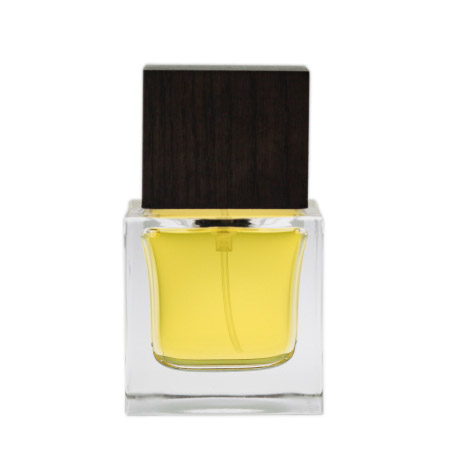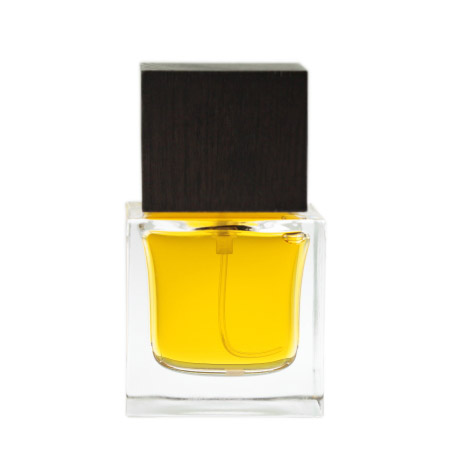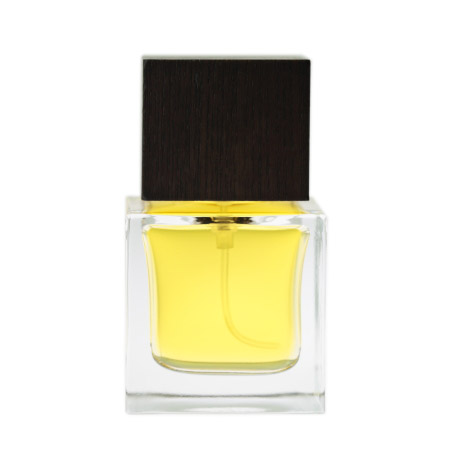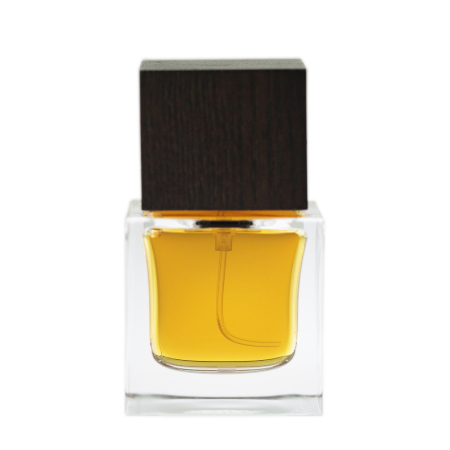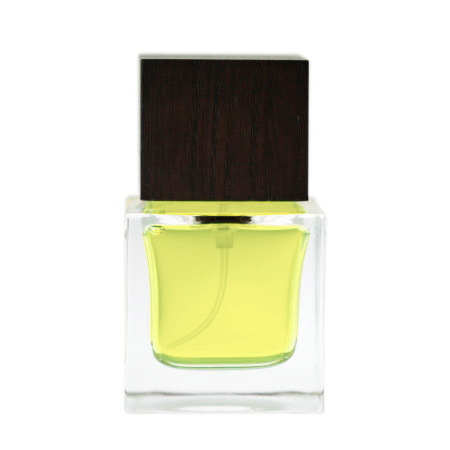Honor the old one, it will produce a new one spirit
-Kōdō-
There are ancient traditions in Japan such as Sadō (the Way of Tea), Kadō (the Way of Flowers), Kōdō (the Way of Incense) Kendō, Judō, and Aikidō that end with the word "dō" or "way/path."
This "dō" or "way" is a word of a highly spiritual nature which leads to mastery. Established in the Kamakura Period (1185-1333 CE) Kōdō prescribed the manners and style which have enhanced the art of fragrance up until modern times.
-Agarwood-
The fragrant wood of Agarwood used in Kōdō is classified according to where it was cultivated and its flavour known as "rokkoku gomi" or "six-countries five-tastes"
Among the six countries [Kyara (thought to be from Vietnam), Sasora (western India), Rakoku (Thailand), Sumotara (Sumatra), Manaban (Malabar, southern India), Manaka (Malacca - between Indonesia and Malaysia)] and the five tastes (sweet, pungent, sour, bitter and salty), Kyara is the wood of the highest quality. Kyara wood is valued at approximately 350 euros per gram.
-Tsuzure Ori(Nail Weaving)-
photo:right
Among the weaving techniques in Japan Tsuzure Ori is the most traditional. The craftspeople of Tsuzure Ori file jagged lines into the nails of their middle and ring fingers using them as combs to complete their work. The cloth made by this weaving method is considered to be of the highest artwork. Some cloth is so intricate that one is unable to weave more than a few centimeters a day and a roll of cloth can take several months to complete.
-(Wagiribako)Japanese Paulownia(Kiri)Wood Box-
photo:left
Kiri is the lightest wood in Japan. As moisture does not pass through it easily, it is used to store kimonos and clothes.Since Kiri's thermal conductivity is very low, even if there is a fire, its contents will not be damaged. Because of this, kiri is used as the material for storing valuable objects and musical instruments.
A once in a lifetime experience
-Scent-
Scents created by from plants are said to be the essence and life of the plant. Since fragrances are the gaseous parts of plants, they are highly active and cannot be seen by the eye. As each has a different scent, some evaporate quickly and others are able to maintain their scent over a long time.
-Scent Is Information-
Plants use these properties to transmit informations in smells in order to comunicate with one another, to protect themselves from predators and to attract insects. The scent made by plants changes according to the year, the place of cultivation and the weather; so the scent that you get at any time is a once in a lifetime experience.
-Ethnicity and Body Smell-
Among the world’s ethnicities, Japanese people are considered to have no body smell. It is said that this is due to frequent bathing and Japanese food. Ethnicities with other habits and food cultures are said to have different smell's from one another which indicates that there is a close relation between people, their body smells and their respective lifestyles.
-The People of Nippon(Japan) and Scent-
Traditionally Japanese people did not develop a culture of using strong fragrances. The scents that appear in the ancient Japanese tradition of Kōdō are Kyara, Rakoku, Sasora, Manaka and others such as Mananban, which are all delicate fragrances. Other Japanese medicinal plants like Myoga, Ginger, Sansho, Shiso and Yuzu, also have gentle smells.
In the past, on occasions when Japanese women went out, they would burn incense underneath their kimonos the night before to enjoy the subtle perfume that would waft out their kimonos the next day. In this way, rather than the expression of strong scents, the Japanese enjoy the peaceful sobriety of subtle fragrances.





